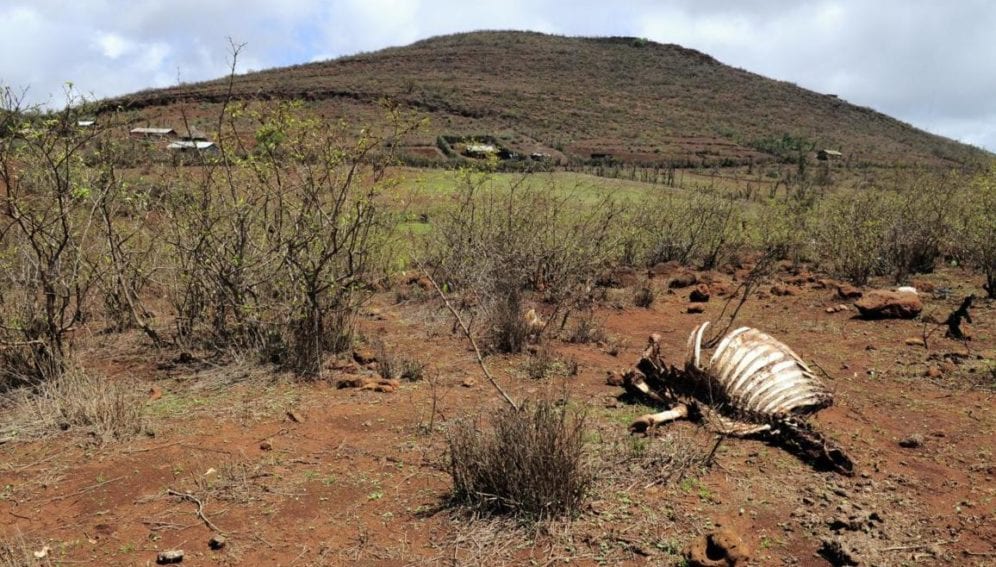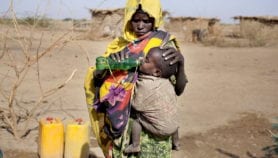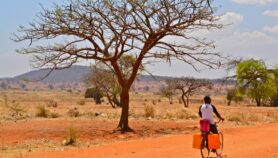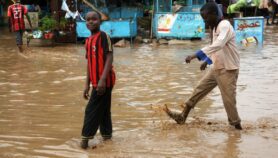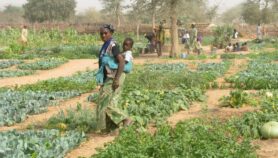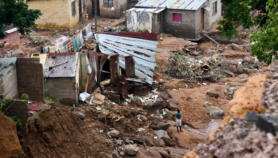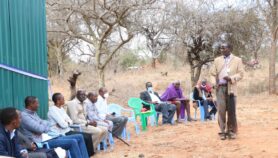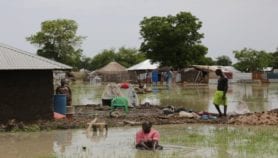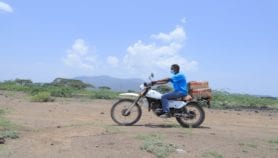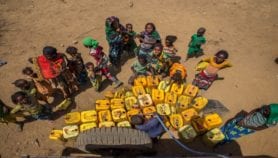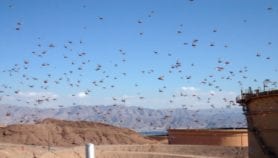Send to a friend
The details you provide on this page will not be used to send unsolicited email, and will not be sold to a 3rd party. See privacy policy.
[NAIROBI] An impending drought could hit the Horn of Africa due to irregular rainfall caused by significant moisture deficit, a climatic early warning report says.
The report by the UN Food and Agriculture Organization (FAO)’s Global Information and Early Warning System, in collaboration with the European Commission’s Joint Research Centre (JRC), predicts a high risk of drought in key agricultural regions of Ethiopia, Kenya, Somalia and Tanzania in the coming months.
According to the report which was released this month (3 June), the rainy season in 2014 deviated from normal patterns since January with unusual rainfall occurring during the dry season while the rainy season only had above average rainfall in some areas.
“If these measures are not put in place the pastoral areas, infrastructure, pasture, human and livestock diseases will also be a problem to deal with.”
Simon Muhindi, The UN Food and Agriculture Organization, Kenya
The FAO and JRC used satellite-derived observations to arrive at the findings.
But the report also predicts increased likelihood of El Niño — a periodic warming and cooling of the Pacific Ocean with its effect around the globe — which could lead to above average rains from October 2014 to March 2015, possibly resulting in favourable conditions for planting new crops. It notes that these conditions might hamper harvesting of the main cereal crops and destroy livestock.
In many countries in the East Africa the growing season of January to March this year was extremely dry, leading to a high risk of drought in the main agricultural areas, according to the report.
Simon Muhindi, a food security analyst from FAO Kenya, tells SciDev.Net: “According to research, the dry season might continue to [the] end of July, [but] there is a 70 per cent likelihood of experiencing El Niño rainfall right after that”.
Muhindi also indicates that the Horn of African countries should heed to the warning and come up with strategic measures, especially for areas likely to receive heavy rainfall.
“If these measures are not put in place the pastoral areas, infrastructure … human and livestock diseases will also be a problem to deal with,” says Muhindi.
He adds that the bottleneck faced is that medium- and long-term contingency measures such as stocking pasture for livestock are always well laid out, but no contingency funds are put in place to deal with these conditions.
Bernard Chanzu, a forecast specialist at Kenya Meteorological Service, says in Kenya signs of El Niño develop towards the end of the year, but not all such conditions result in heavy rainfall.
Chanzu adds that in parts of central Rift Valley in Kenya, several meteorological stations recorded less than 50 per cent of their seasonal long-term means of rainfall for March to May this year.
Link to the report
This article has been produced by SciDev.Net's Sub-Saharan Africa desk.


